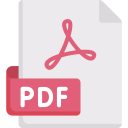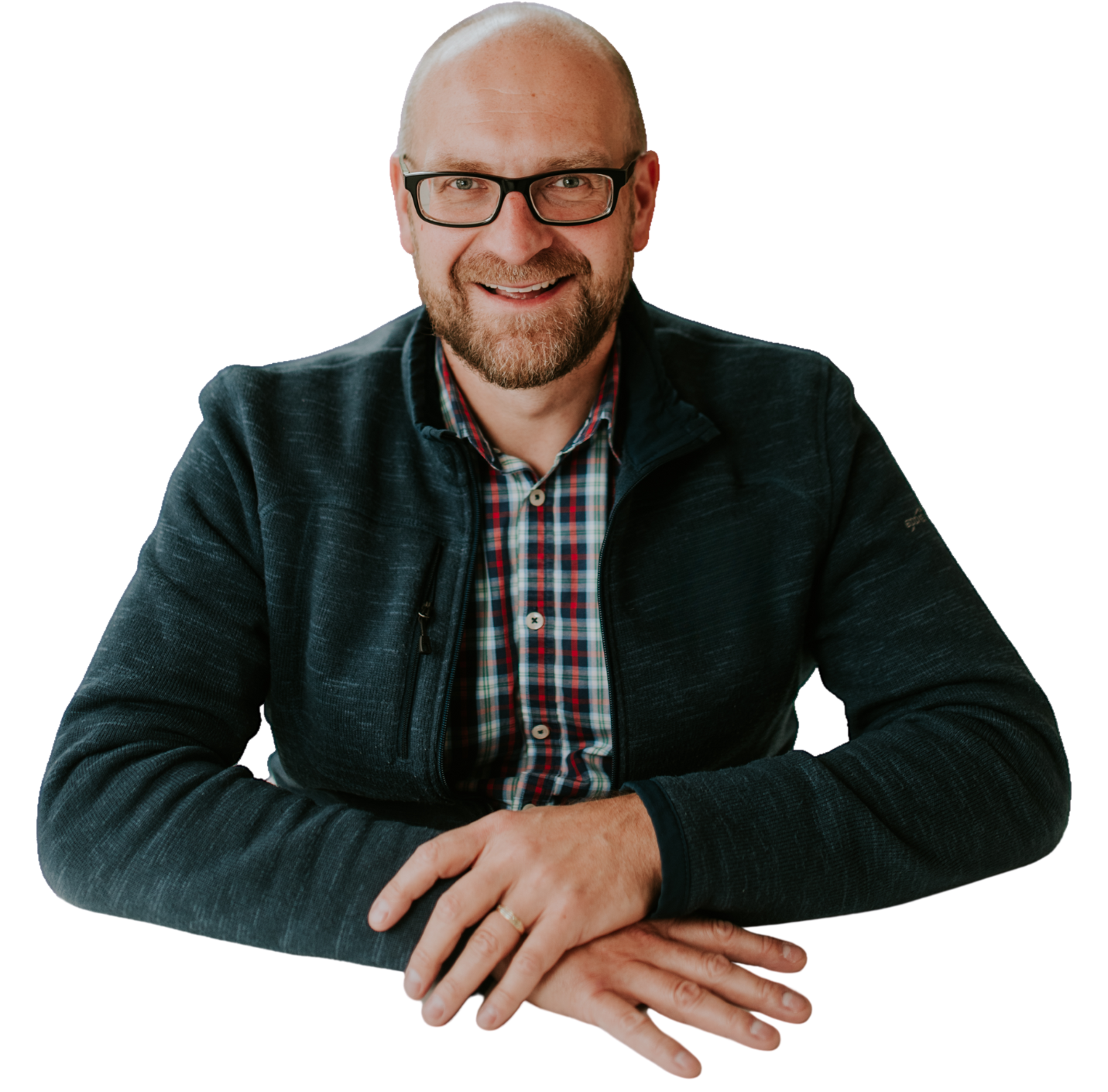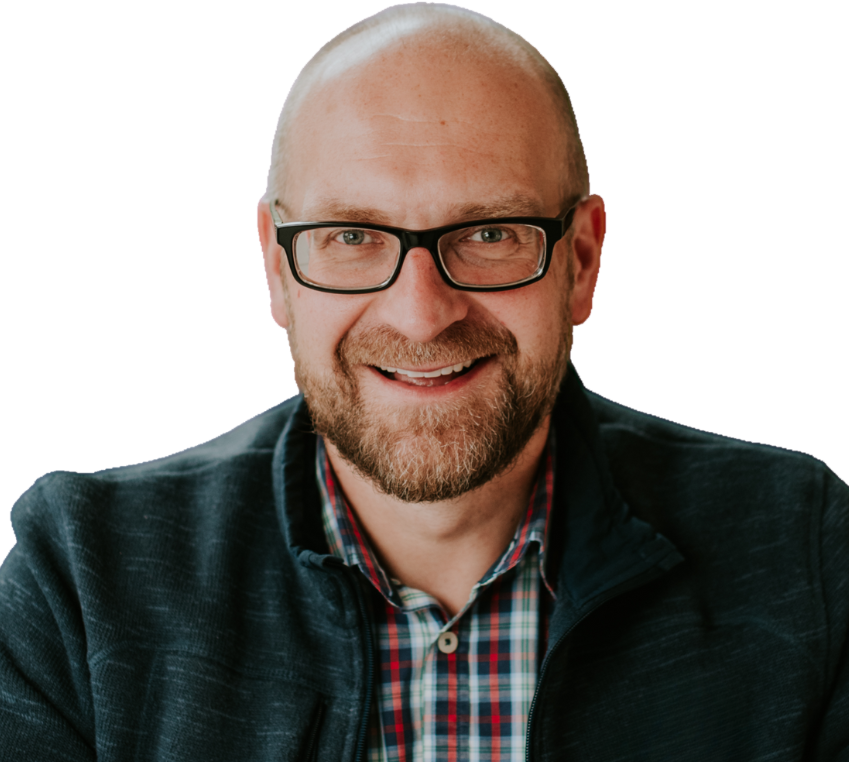 Download Free Guide
Download Free Guide
20+ years as CTO / VP Engineering / Architect, I step into engineering teams and take ownership of throughput, predictability, and operational clarity with AI where it accelerates outcomes.
Questions or to Schedule a Session: info@solidcage.com

Expect measurable delivery improvements through decision clarity, constraint removal, and operational frameworks. Typical outcomes: 30–50% shorter cycle time, improved throughput, and more predictable releases. With only 3-4 clients per year, get white-glove attention, including on-site collaboration for 6+ month engagements (travel covered by you).
As your pragmatic Fractional CTO, I'll bring 20+ years of hands-on VP Eng/CTO experience to streamline processes, build high-performing teams, and improve delivery predictability to reach product-market fit (PMF) – incorporating AI where it reduces decision latency.
Curious to see me in action? Check out my YouTube channel youtube.com/@Control-The-Outcome where I dive into engineering team optimization, share actionable strategies, and discuss challenges. This will give you a feel for how I think, what you can expect, and how I apply systems over goals thinking to deliver, get it straight from the source!

As a fractional consultant, I bring 20+ years of VP Eng/CTO/Architect expertise to improve throughput of your engineering team with AI where it makes sense.

Improved rate of innovation and rapid cycles (5-7 days) mean faster feedback loops to test ideas and find demand.

I have scaled startups and teams with systems like EOS and your team gets a playbook that works.

When growth exposed delivery bottlenecks and turnover stalled throughput, I diagnosed constraints, clarified decision rights, and realigned the team from the ground up:
The results were slashed cycle times by 40%, reduced turnover to under 10%, and company positioned for scalable growth without inflating headcount. This transformation not only stabilized operations but also unlocked new revenue streams, proving the power of targeted, AI-augmented engineering leadership for small teams.

I'm proud to be a member of CTOx.com, a premier fractional CTO group comprising over 220 vetted technology leaders from diverse industries.
This network gives me access to an exhaustive pool of expertise, allowing me to draw upon specialized knowledge as client needs arise.
Whether it's niche advice on cybersecurity protocols, advanced AI integrations, or scaling infrastructure for high-growth SaaS, I can tap into this collective brain trust at a moment's notice.
Our members collaborate through shared resources, peer consultations, and rapid-response forums, ensuring that even complex challenges get multi-faceted solutions without delays.
This affiliation means you're not just hiring one expert—you're gaining the insights of a seasoned community, all channeled through my hands-on guidance. It's how we deliver scalable, innovative results for small teams, blending my 20+ years of VP Engineering/CTO experience with the depth of a 220+ strong network.
 Download Free Guide
Download Free Guide

Duration: 30 days
Price: $3,500
Deliverables:
Best For: Startups and midsize companies seeking a low-risk way to assess and plan improvements.

Duration: 6 Months
Price: $20,000
Deliverables:
Best For: Companies ready to implement AI and optimize processes for measurable gains.

Duration: 12 Months
Price: $40,000
Deliverables:
Kickstart your transformation with a 1-month pilot at $3,000, offering a focused preview of hands-on fractional CTO support. Includes 10 hours of dedicated leadership (e.g., process baseline assessment, initial AI tool integration), 1 weekly 1-hour review to align on goals.
Deliverable is a tailored roadmap with early KPIs (e.g., cycle time reduction targets). No lock-in, evaluate results before scaling up.
Best For: Companies committed to transformative growth and top-tier performance.
Learn and Analyze (30-60 Days)
Objective: Establish a baseline, align with stakeholders, and set the stage for AI and PMF gains.
Duration: 30-60 days, depending on client complexity.
Parallel Workstreams:
1. Client-Facing Discovery
2. Engineering Deep Dive
Deliverable by Day 60: A unified "Kickoff Deck" combining both reports, presented to leadership with initial AI tooling and PMF recommendations.
Implementation (3-6 Months)
Objective: Refine architecture, optimize processes and accelerate engineering with iterative wins.
Duration: 3-6 months, with weekly and monthly progress reviews.
Activity Sequence:
1. Engineering Deep Dive (Months 1-2)
2. Architecture Refinement (Months 2-4)
3. Engineering Experience Overhaul (Months 3-6)
Reporting: Dashboards to management with KPIs, qualitative wins and next steps.
Transformation (6-12 Months)
Objective: Deploy AI tools, refine processes, and improve delivery predictability to reach Product Market Fit with iterative wins.
Duration: 6-12 months, with weekly and monthly progress reviews. On-site collaboration available.
Activity Sequence:
1. Engineering Deep Dive (Months 1-2)
2. Architecture Refinement (Months 2-4)
3. Engineering Experience Overhaul (Months 3-6)
4. PMF Acceleration - Idea Evaluator (Months 4-9)
5. Cultural Shift: Owner’s Mindset (Months 6-12)
6. Continuous Delivery (Months 6-12)
Reporting: Dashboards to management with KPIs, qualitative wins and next steps.
1. Throughput: Meaningfully reduce cycle time and increase predictable releases
2. Operational Stability: Reduce attrition and chaotic delivery interruptions
3. Signal over Noise: Shift from variable engineering output to reliable cadence
Objective: Establish a baseline, align with stakeholders, and set the stage for AI and PMF gains.

Assess current engineering processes, including cycle time, turnover, and tech stack, to establish a baseline (e.g., cycle time = 10 days, turnover = 20%).
Evaluate client needs, such as PMF status, revenue goals, and retention challenges, by interviewing client success, sales, and marketing teams.

Identify high-impact AI adoption opportunities, such as replacing manual QA with AI agents or automated code reviews, prioritize an "AI first before human hire" approach to enhance efficiency without expanding headcount.
Define metrics, core values, and OKRs, ensuring a single source of truth for tracking progress.

This phase establishes baselines for all KPIs (e.g., Cycle Time, Turnover Rate), enabling measurable progress in Phase 2.
Objective: Transform your engineering team into an AI-powered,
PMF-focused powerhouse, delivering measurable wins—faster cycles, stable talent, and soaring revenue.

Action: Conduct a thorough assessment of current engineering processes, including cycle time, turnover rates, and tech stack, to establish baselines. Identify high-impact AI adoption opportunities, such as replacing manual QA with AI agents to improve efficiency without expanding headcount.
Impact: Uncovers bottlenecks and unlocks targeted AI integrations that automate repetitive tasks, freeing engineers for high-value innovation.
KPI: Cuts Cycle Time by 20-25% (10 to 7-8 days) by Month 3; boosts Rate of Innovation with faster ideation cycles.

Action: Redesign your system to align with PMF goals—mapping outcomes like 99.9% uptime and 2x speed to budget and skills—while embedding AI across ingestion, compute, and CICD with self-healing features like auto-scaling.
Impact: Builds a lean, scalable architecture that minimizes downtime and lets your team focus on feature development over maintenance.
KPI: Reduces Cycle Time by an additional 10% (7-8 to 6-7 days) by Month 4; increases Revenue per FTE as output rises.

Action: Streamline workflows with pre-configured dev environments (e.g., Docker), a 20% tech debt refactor, 1-day CICD cycles via GitHub Actions, and AI-driven docs/tests (50%+ automated), while defining "Done" to ensure quality.
Impact: Enables engineers to ship faster with less stress, shifting their focus from maintenance to innovation.
KPI: Achieves a 30-50% Cycle Time reduction (10 to 5-7 days) by Month 6; increases Rate of Innovation to 3 features/quarter; lowers Turnover Rate to 15% (from 20%).

Action: Leverage the Idea Evaluator (People/Process/Tech, 80/20, Revenue/Risk) to score and test product ideas with AI insights (e.g., Grok ranks concepts), conducting 5-10 sales calls with client success to build a "hell yes" case study through 30-60-90 sprints.
Impact: Identifies true customer demand, eliminating guesswork and delivering products that resonate.
KPI: Boosts Client Retention Rate to 75-80% (from 70%) by Month 9; increases ARR by 10-20% ($2M to $2.2M-$2.4M); sustains Rate of Innovation at 3-4 features per quarter.

Action: Implement EOS (metrics, Level 10 meetings, OKRs) and Topgrading to hire/coach 1-2 A-players, while sharing my YouTube training content (e.g., "Systems Over Goals") and gamifying AI use with a "Prompt Leaderboard" to enhance engagement.
Impact: Aligns your team to a unified vision, boosting talent retention and fostering a strong sense of ownership.
KPI: Reduces Turnover Rate below 10% by Month 12; raises Revenue per FTE to $200k-$250k; achieves a Rate of Innovation of 4-6 features per quarter.

Action: Implement PMF-driven CICD with weekly releases tied to client feedback, prioritizing the top 20% of ideas (Idea Evaluator) for revenue impact, and integrating engineering with client success for real-time iteration.
Impact: Delivers products customers truly want, driving business growth and enhancing loyalty.
KPI: Increases ARR by 20-40% ($2M to $2.4M-$2.8M) by Month 12; lifts Client Retention Rate to 80-85%; achieves Revenue per FTE of $250k+.
Master Strategist
- Game Theory Strategist
Achievement Architect
- Legendary Mentor

